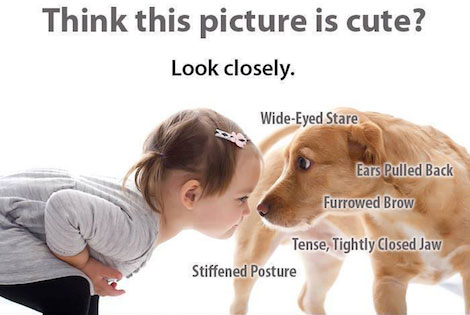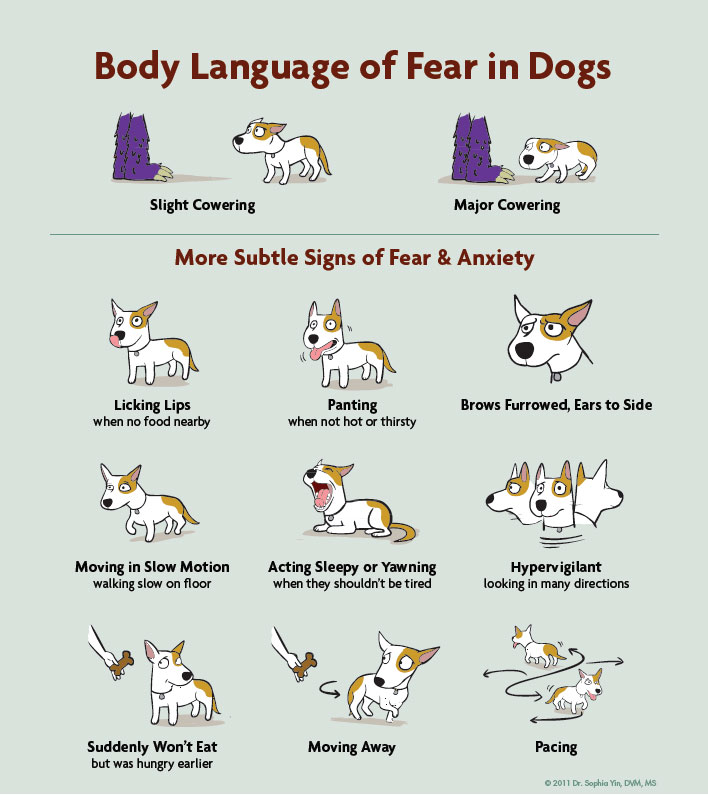Why do dogs bite?
All dogs can bite, but perhaps a better question is why and could it have been prevented?
In the case of children, very often the dog is giving us many warning signs, but these signs are not understood by the youngster and sadly not understood by the dog’s owners in some cases.
Dogs that find themselves in a stressful situation, such as a visit to the veterinarians office, unfamiliar people in their homes, walks in unfamiliar places and loud noises, other dogs invading their personal space, can cause an intense reaction may result in someone getting bitten.

What you can do to prevent dog bites
Socialization is a good way to help prevent your dog from biting. Socializing your pet helps your dog feel at ease in different situations. By introducing your dog to people and other animals while it’s a puppy, it feels more comfortable in different situations as it gets older. It’s also important to use a leash in public to make sure that you are able to control your dog.
Being a responsible pet owner
Responsible pet ownership builds a solid foundation for dog bite prevention. Basics of responsible dog ownership that can help reduce the risk of dog bites include carefully selecting the dog that’s right for your family, proper training, regular exercise, and neutering or spaying your pet.
Educating your family
Educate yourself and your children about how—or whether—to approach a dog.
Avoiding risky situations
It’s important to know how to avoid escalating risky situations and to understand when you should and should not interact with dogs. You should avoid petting a dog in these scenarios:
- If the dog is not with its owner
- If the dog is with its owner but the owner does not give permission to pet the dog
- If the dog is on the other side of a fence—don’t reach through or over a fence to pet a dog
- If a dog is sleeping or eating
- If a dog is sick or injured
 If a dog is resting with her puppies or seems very protective of her puppies and anxious about your presence
If a dog is resting with her puppies or seems very protective of her puppies and anxious about your presence- If a dog is playing with a toy
- If a dog is growling or barking
- If a dog appears to be hiding or seeking time alone
Paying attention to body language
Reading a dog’s body language also can be helpful. Just like people, dogs rely on body gestures, postures and vocalizations to express themselves and communicate. While we can’t always read a dog’s body language accurately, it can give us helpful clues as to whether a dog is feeling stressed, frightened, or threatened.
Remember People and dogs do not speak the same language and neither is perfectly bilingual. This disconnect sometimes results in interactions which people consider to be “friendly” but dogs view as threatening. If your dog is anxious, an out stretched hand may be seen as a threat and result in a bite.





